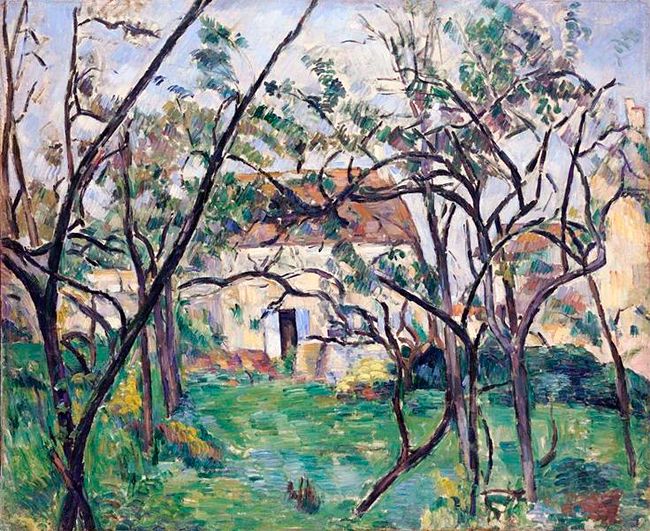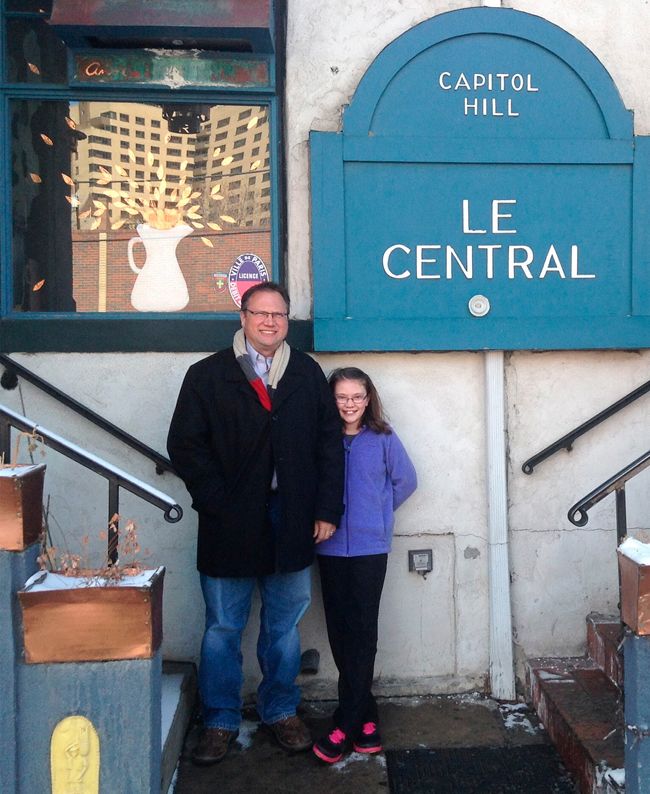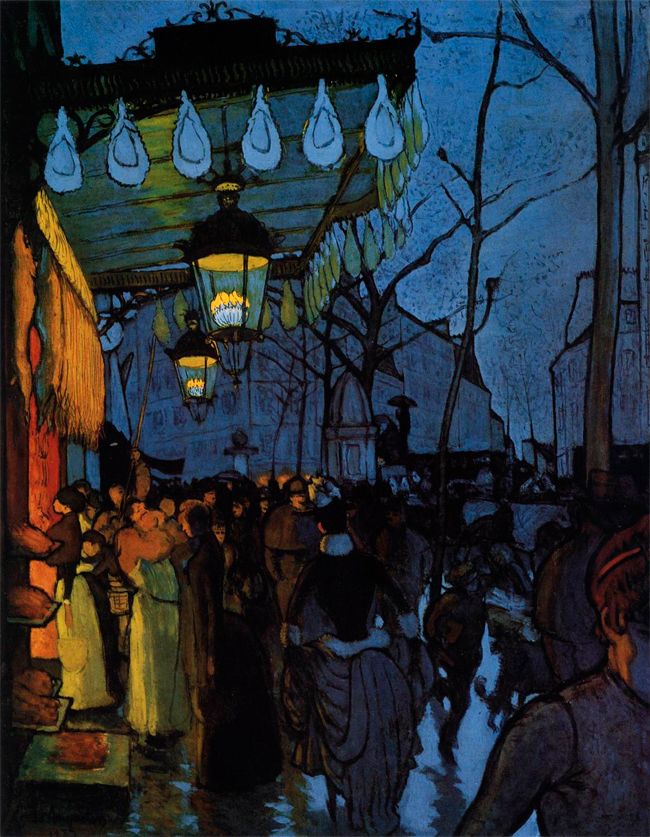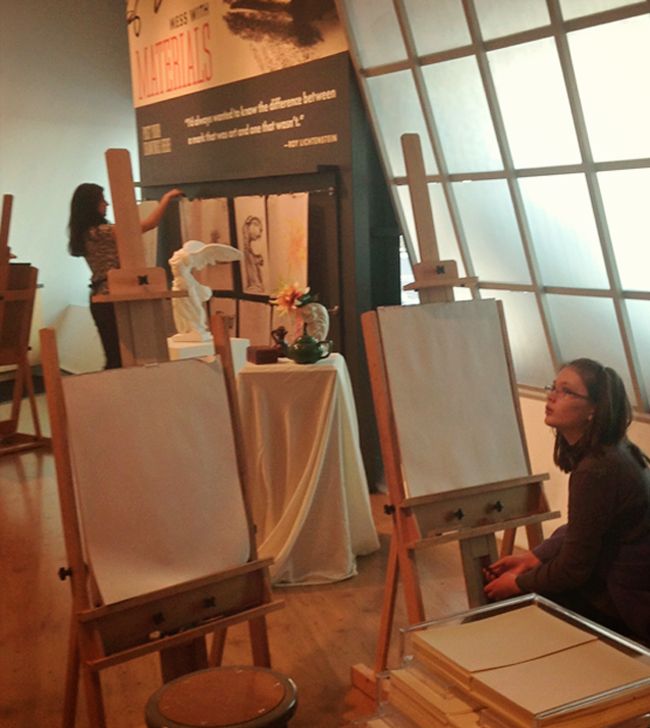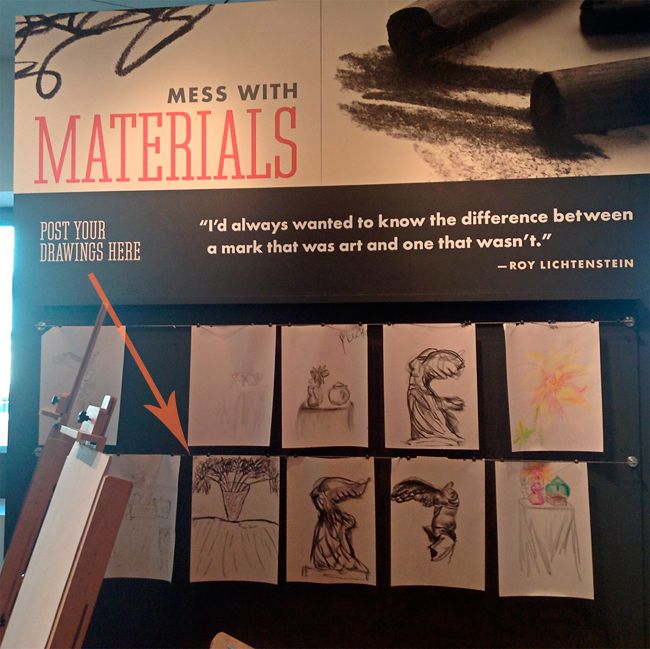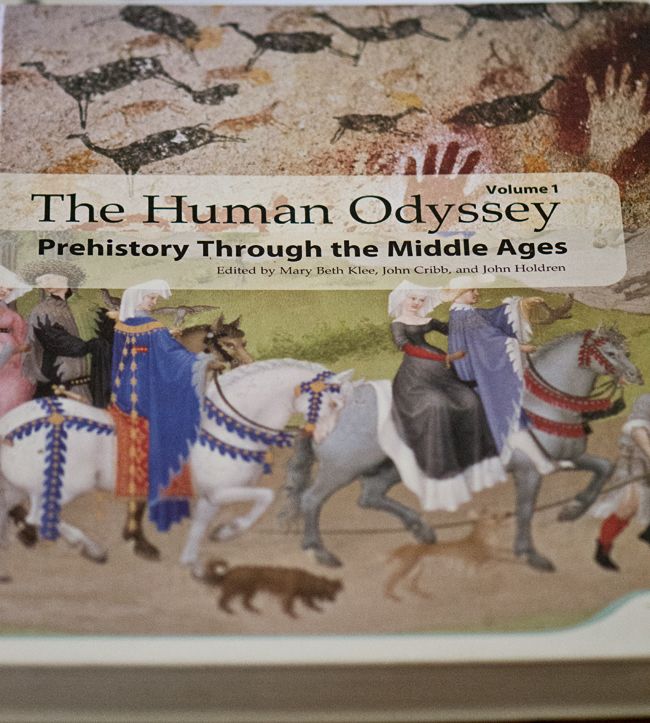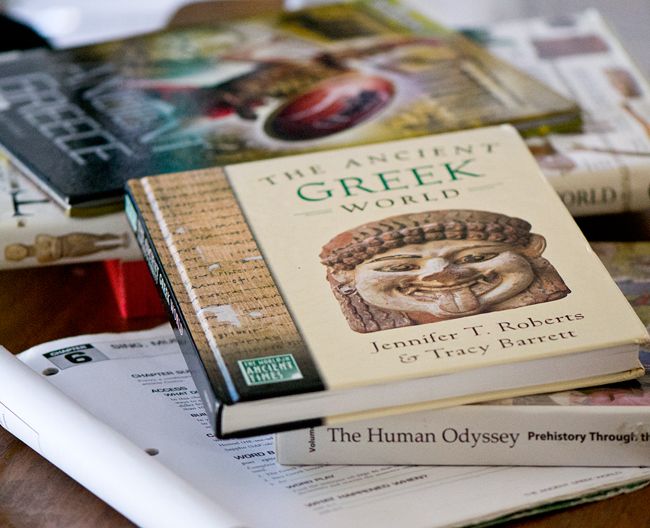 We decided to make a special-occasion day of it, and start with a French meal at Le Central. I had moules frites au pistou. R didn't like the mussels, but she loved dipping her bread in the hot garlicky wine broth. Le Central has been around for 33 years, and the menu is authentic and affordable French country cooking.
We decided to make a special-occasion day of it, and start with a French meal at Le Central. I had moules frites au pistou. R didn't like the mussels, but she loved dipping her bread in the hot garlicky wine broth. Le Central has been around for 33 years, and the menu is authentic and affordable French country cooking. We had our wedding rehearsal dinner here, on the beautiful back patio with lights twinkling and friends and family from across the country together in one room. I love this picture 11+ years later. The chef has brochures that talk about his background, hometown of Toulon and the style of cooking there. I made myself hold back and not push the "this is educational!" enthusiasm on R, and she ended up reading it and asking about Provence and Toulon and wanting to make some of the recipes.
The "Passport to Paris"exhibit featured Impressionist paintings on loan from other collections, and it was pretty spectacular. The first rooms were earlier works that placed them in the context of Louis XIV and life at Versailles, and revealed how changes in art and society mirrored each other. R liked the antiques, particularly the 18th century sedan chair and the description of aristocrats carried in them because the streets flowed with mud and raw sewage. She asked for a print of the painting above, Louis Anquetin's 'Avenue de Clichy,' so she could take it home and hang it next to her bed and pretend at night that she's walking down a nighttime street in Paris.
R said her favorite piece of the day was this endearing little menu drawn by Paul Gaugin in 1900, in watercolor and conté crayon, illustrating the La Fontaine fable of the fox and the crow. It was in the Drawing Room collection of French drawings, framed next to another Gauguin menu featuring a Breton and Tahitian woman talking having a conversation.
Before Christmas we had watched the lively and entertaining BBC series, The Impressionists: Painting and Revolution, with art writer Waldemar Januszczak. It was a revelation as he blew the dust off some of the clichés that trap impressionists on candy boxes and umbrellas and silk scarves. One of the saddest stories in the documentary was Gaugin's love for his children, and heartbreak when his wife left him and took them away because he failed to live up to her family's idea of a respectable middle class provider. That made this little menu all the more touching, since it was painted after Gaugin had traveled alone to Tahiti. It gives a glimpse into his relaxed humor with friends. From the museum's website, "The menu planned for the evening’s dinner appears in a whimsical combination of French and Tahitian. It began with aperitifs and “foutimaises assorties,” a made-up word derived from the word “foutaises,” meaning something silly."
We ended our day with a visit to the Art Studio on the first floor, that was set up with various stations to practice methods of drawing. Still life tableaux, poseable anatomical models of people and animals, easels, paper and every kind of medium from crayons to charcoal to sumi ink. Videos of working artists were playing, and you could pick up a book about drawing and sit down at one of the tables to study it. There was a station for scribble drawing, and one for making your own drawing machine.
This wall-size drawing machine used pens that could be tied at different lengths to trace arcs and circles. The Paul Klee quote says, "A drawing is simply a line going for a walk."
R's finished charcoal still life.
She pinned it to the art wall when we left.
We love the art museum, and this is one of the best days we've ever had there. Being able to visit in the middle of the day on a Tuesday is one of the best things about our homeschooling schedule.

